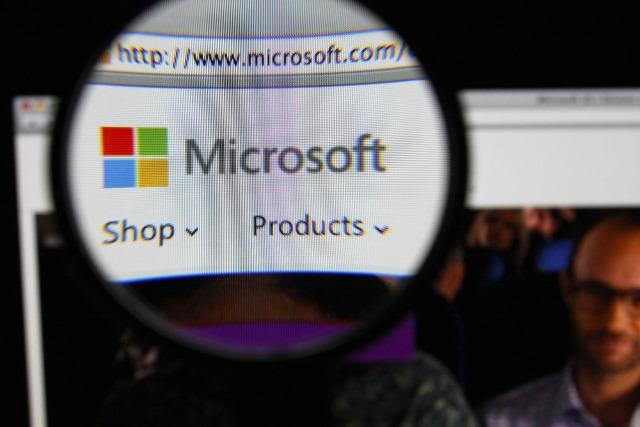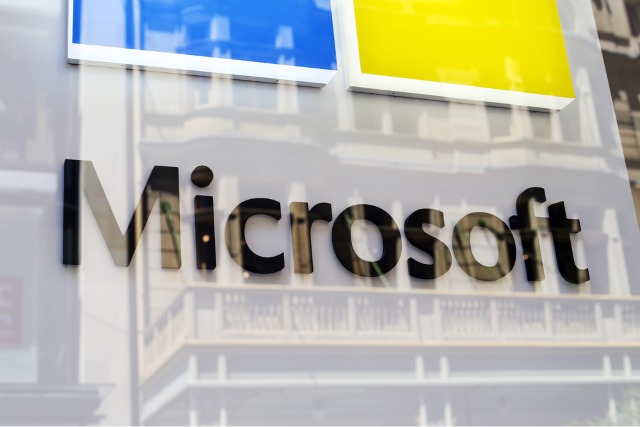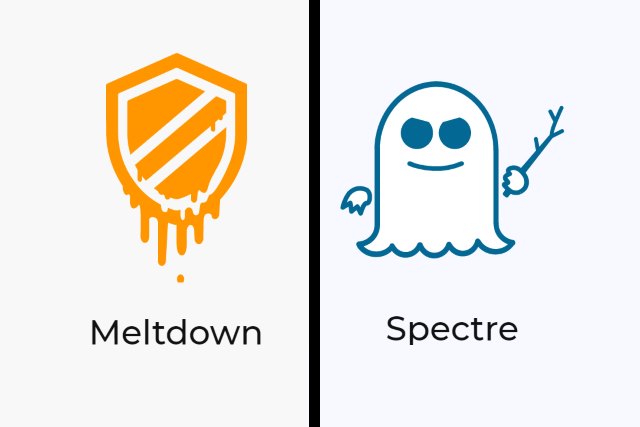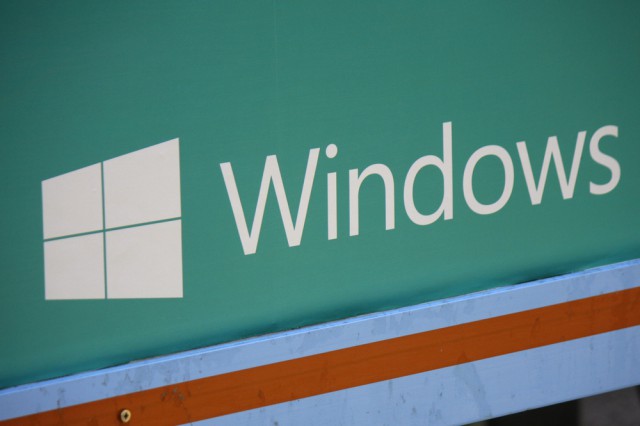
Windows Defender to root out dodgy registry cleaners and system optimization tools
Microsoft is taking a firmer line with misleading system utilities and tools that try to scare users into paying for software. An update to Windows Defender means that software found to be "coercive" could be ripe for automatic removal.
New policies come into play in March as Microsoft tries to banish software that makes misleading claims or adversely affects system performance. Tools that exaggerate problems or resort to scare tactics are among those in the firing line.

Malwarebytes gets defective update that slows computers -- here's how to fix it
Malwarebytes is great software, designed to protect Windows, Mac, and Android devices. As someone who fixes computers for both friends and family, I often rely on the free version to detect malware on Windows machines -- it is a great tool to keep in your virtual "toolbox."
Unfortunately, this software which normally helps computers to run well, has started making them run poorly. You see, a recent update is causing high CPU and RAM usage, making the computer slow to a crawl. Luckily, a fix is already available. Keep in mind, the bug is caused by the web protection feature, which is only for "Premium" subscribers. Users of the free Malwarebytes software should be unaffected. Here's how to return your PC or business workstation to its full speed potential.

Shippable opens up OS support for DevOps teams
Most CI and DevOps vendors are focused on Linux-based applications, which means supporting Windows or iOS requires multiple platforms, or managing their own instances of Jenkins. This can lead to an inefficient, expensive and inconsistent experience.
Automation platform Shippable is addressing this issue with the launch of support for applications built on Mac OS X, iOS, and Windows, plus new analytics tools.

Wine 3.0 is here to run Windows software on your Linux box
When people make the switch from Windows to Linux, they often experiment with Wine. If you aren’t familiar, it is a compatibility layer that can sometimes get Windows software to run on Linux and BSD. I say "sometimes" because it isn’t a flawless experience. In fact, it can be quite frustrating to use. I suggest using native Linux software as an alternative, but understandably, that isn’t always possible.
If you depend on Wine, or want to start trying it out, I am happy to say that version 3.0 is finally available. It is quite the significant update too, as it features over 6,000 changes!

New platform integrates Windows file servers with the cloud
Although businesses are keen to move to the cloud and IaaS solutions, most still have files stored on in-house servers.
Enterprise file sharing and sync platform FileCloud is launching a new product called ServerSync that integrates Microsoft Windows file servers with any IaaS cloud.

Microsoft releases PowerShell Core 6.0 for Windows, macOS and Linux
Microsoft has released an updated version of PowerShell which adds support for macOS and Linux. PowerShell Core 6.0 uses .NET Core rather than the .NET framework, and this means it is able to break out of being a Windows-only tool.
The tool is described as a "new edition of PowerShell that is cross-platform (Windows, macOS, and Linux), open-source, and built for heterogeneous environments and the hybrid cloud." The arrival of the scripting tool on new platforms will be welcomed by those working in mixed environments.

Microsoft pausing the rollout of Spectre and Meltdown patches to AMD systems
Following reports that its Spectre and Meltdown fixes were leaving some AMD systems unbootable, Microsoft has stopped the patches from rolling out to certain devices.
The company is blaming AMD's failure to comply with "the documentation previously provided to Microsoft to develop the Windows operating system mitigations to protect against the chipset vulnerabilities known as Spectre and Meltdown."

Warning: Microsoft's Meltdown and Spectre patch is bricking some AMD PCs
As if the Meltdown and Spectre bug affecting millions of processors was not bad enough, the patches designed to mitigate the problems are introducing issues of their own. Perhaps the most well-known effect is a much-publicized performance hit, but some users are reporting that Microsoft's emergency patch is bricking their computers.
We've already seen compatibility issues with some antivirus tools, and now some AMD users are reporting that the KB4056892 patch is rendering their computer unusable. A further issue -- error 0x800f0845 -- means that it is not possible to perform a rollback.

Microsoft releases PowerShell script to check if your PC is vulnerable to Meltdown and Spectre
In the wake of the Meltdown and Spectre chip bug revelations, people around the world are wondering whether or not they are affected. Bearing in mind the number of chips with the flaw, the chances that your computer has a vulnerability are very high.
Microsoft rushed to get an emergency fix out to Windows 10 users, promising that Windows 7 and 8 users will be patched in the near future. The company has also released a PowerShell script that lets users check whether they have protection in place.

Intel chips have a huge security flaw, and the fix will slow down Windows and Linux machines
A design flaw has been discovered in Intel chips that will require major changes to be made to the Windows and Linux kernels. While patches are being worked on -- and in the case of Windows Insiders, have already rolled out -- users of both operating systems can expect to experience something of a performance hit. macOS machines running on Intel chips are also affected.
Intel is -- for the moment -- remaining tight-lipped about the specifics of the flaw that has been unearthed, but it is believed to affect processors produced in the past decade. Developers are currently estimating that systems could experience slow downs of between 5 and 30 percent.

'Doppelgänging' attack hides malware from security tools
Endpoint protection company enSilo has used this week's Black Hat Europe conference in London to reveal how Microsoft Windows features can be used to slip malicious ransomware and other threats past most updated, market-leading AV products.
enSilo researchers demonstrated how, by manipulating how Windows handles file transactions, they could pass off malicious actions as benign, legitimate processes, even if they use known malicious code.

Popular Start menu replacement Classic Shell is dead
When Windows 8 arrived there was one thing that everyone wanted to know -- "Where’s the Start button gone?" In removing the traditional Start menu from its reimagined tiled OS, Microsoft managed to immediately alienate the majority of its user base. It was, unquestionably, one of the main reasons why that OS flopped so badly.
Thankfully, programs like Classic Shell (which has been around since 2009) stepped in to fill the void, reintroducing the classic Start menu to Windows 8, and later Windows 10. While Microsoft’s new OS has a Start menu of its own, a lot of people still prefer Classic Shell’s simpler, tile-free design.

'Unknown' antivirus tool tops independent tests
German independent testing institute AV Test has released the results of its latest test of Windows home user antivirus programs.
In a surprise result, Kaspersky Internet Security shares first place in the test with relative unknown AhnLab V3 Internet Security. Both achieved an 18/18 rating, the only two programs in the test to do so.

Windows 8 onwards incorrectly implements ASLR security feature, but you can fix it
Since Vista, Windows has included a security feature known as ASLR. Address Space Layout Randomization uses a random memory address to execute code, but in Windows 8, Windows 8.1 and Windows 10 the feature is not always applied properly.
A security analyst discovered that in the last three versions of Windows, ASLR was in fact not using random memory addresses, essentially rendering it useless. The good news is that there is a fix -- but you will have to apply it manually.

Google helps fake Microsoft software con victims out of money
Most people rely on and trust Google's search results. It’s what the company is best known for, after all. However, anyone searching for a copy of Microsoft’s video editing software is in for a nasty surprise.
Windows Movie Maker was put out to pasture in January of this year, but its appeal is such that a fake version has arrived, and is conning people into parting with money thanks to an unlikely ally -- Google.
